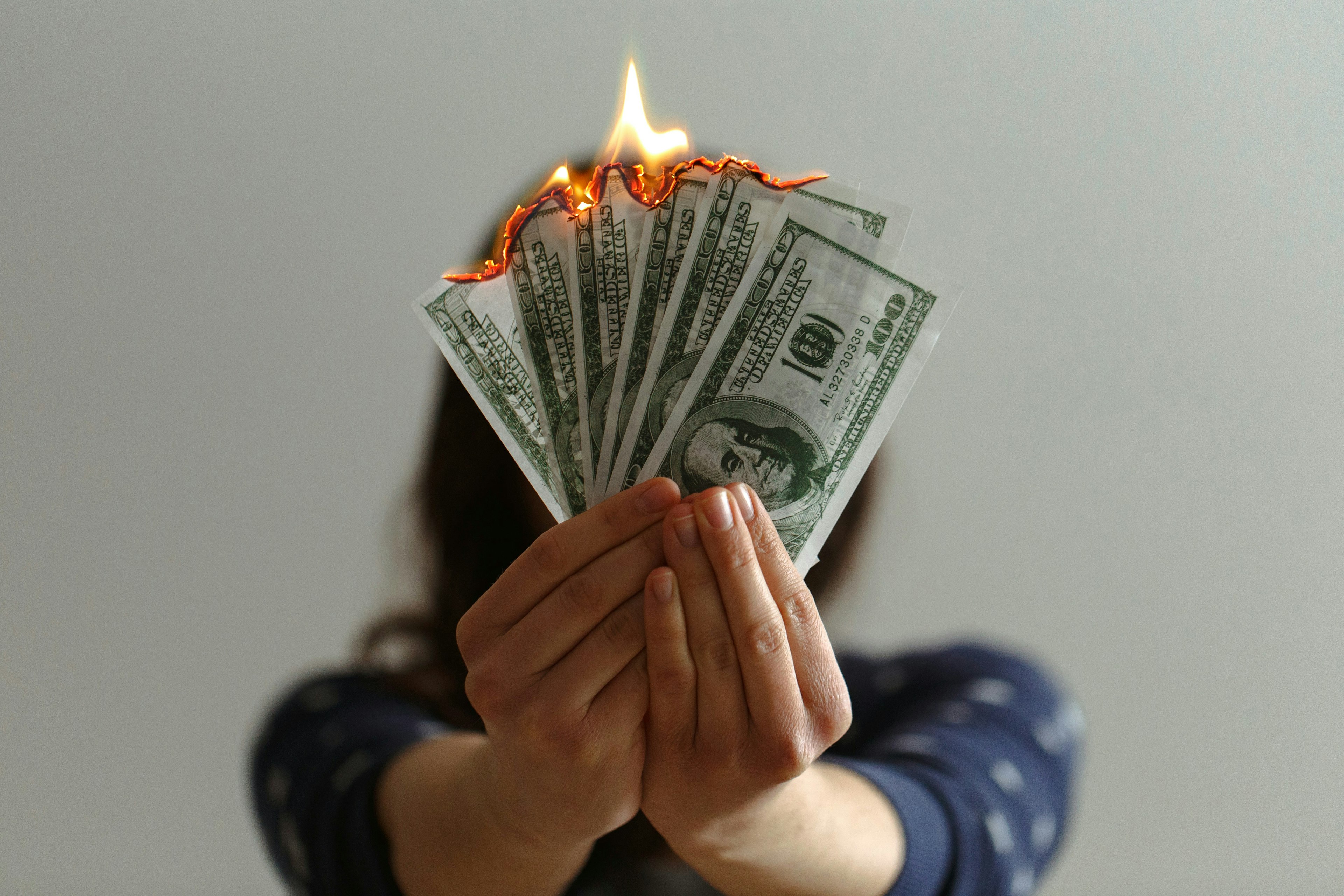

This is the first in a three-part series on the intersection of PR, startup funding and burn rate.
For venture capitalists, the late 1990s and early 2000s are remembered much more as an era of Internet bust than as an era of innovation boom. As thousands of startups from the Valley to Alley boasted of technology firsts and revolutionary solutions, VCs came flocking – investing billions in capital and equitable resources – in whatever amounts deemed necessary to facilitate lofty valuations attractive for acquisition or IPO. As we all now know, the unintended consequences of unlimited cash flow, which injected mass amounts of hot air into an already inflated dot-com bubble, were crippling.
Fast-forward 13 years and today’s capital environment for tech startups is again thriving – so confident and full of deal-flow that the dot-com bubble; and even the Great Recession, is nothing but a distant memory for most. According to a report from CB Insights in December 2013, there were 26 private tech companies (in 2013 alone), which raised capital off of billion dollar plus valuations! In total, over $30 billion was pumped into tech startups that same year, which prompted Mark McCaffrey, head of the global software practice PricewaterHouseCoopers to tell the San Jose Mercury News, “you have to feel good that we’re starting to reach some of the pre-2008 levels. There’s a lot more confidence in the market than we’d experienced.”
But not all in the venture capital community reflect Mr. McCaffrey’s sentiment. Despite favorable market conditions, unprecedented IPOs and startups emerging faster than a new Chick-fil-a in the South, some investors have concerns that the same mistakes that led to the last bubble are being repeated – maybe even at a higher scale. Fool me once, shame on you; fool me twice, shame on me.
Today’s primary investor concern, at least the one being made public, is accelerated burn rate. We all know it takes a lot of capital to develop a product or service, bring it to market, educate the consumer, establish lead generation and create a sustainable sales pipeline. That’s never going to change. But what has changed are the opportunities for startups to burn through cash more quickly – everything from marketing technologies and business management services to employee culture programs, paid media brand extensions and multiple platform integrations – all cost money, and are all positioned as must have investments; when in reality, many of them are not.
But the increase in spending distractions has not been offset by any concrete evidence to suggest that doing so will lead to a company reaching profitability more quickly. As a result, expenses are piling up while revenue generation remains a lengthy process.
Prominent investors Fred Wilson of Union Square Ventures and Bill Gurley of Benchmark Capital are the first to publicly state their concerns on burn rate. According to recent comments made in the Wall St. Journal and summarized by Business Insider, Gurley believes that:
For now, startups are having relatively little trouble raising new money, so they just keep burning through cash. They know there is more coming in next round. But at some point the money is going to dry up. We’re going to hit a wall, and then the companies will have to figure out how to take down their burn rate, or they will go out of business.
Fred Wilson agrees, recently voicing his support for Gurley, saying on his blog “burn rates are sky high all over the US startup sector right now…I’m really happy that I’m not alone in thinking this way.” Mark Andreessen from Andreessen Horowitz offered criticisms as well, sharing his views in what TechCrunch defined as a “tweet storm about burn rates.”
These three prominent investors have every right to be concerned, and each make a strong case to support the problem they’re presenting. Of significant interest, nobody in the startup community has yet spoken out to disprove or combat their claims: a telling sign or a calculated silence? I’d lean toward the former.
Personally, I’ve always thought that the influx of venture capital, no matter the stage, invokes the same emotions and feelings for startups that some teenagers get the first time he or she has money, in that there is a compulsive, sometimes uncontrollable urge to spend it. And that’s not totally unjustified or even inherently wrong; it’s almost natural, human nature-esque, resembling the instinctual essence of survival of the fittest. And let’s face it, it’s hard to say no to nice things that can make work and life easier for all.
Visit our blog next week to learn more about the intersection of PR startup funding and burn rate, and be sure to register for our 10/29 webinar to gain tactical tips and tricks on this topic.